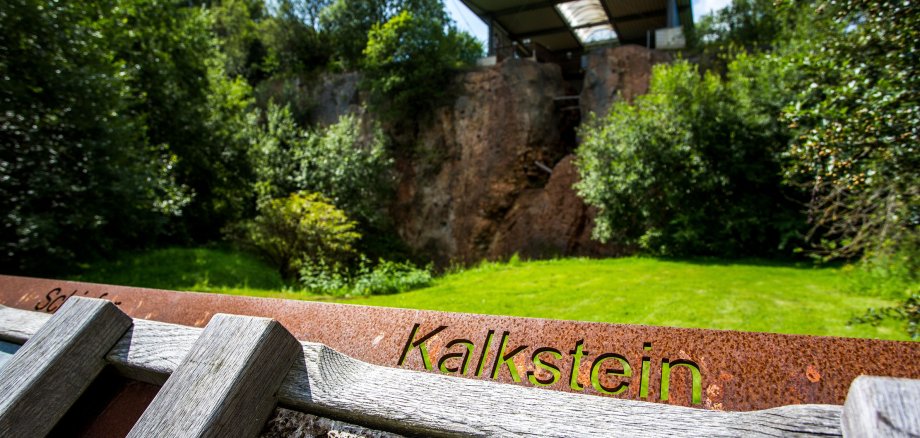Korbach crevice becomes a 3D model
The Korbacher Spalte is one of the most important geotopes in Germany. It is currently being documented three-dimensionally. The GrenzWelten National Geopark is cooperating with geoscientists from the University of Bonn and the Hessian State Agency for Nature Conservation, Environment and Geology (HLNUG). The documentation is being carried out with the help of drone flights and surveying with high-resolution laser scanners.
The background is the 175th anniversary of the German Geological Society - Geological Association (DGGV), which can be celebrated in 2023. The "30 Geotopes³" project goes back to an initiative by doctoral students and students at the University of Bonn. "We want to show that the geosciences are still exciting today and that state-of-the-art methods are used here" explains Sabine Kummer, a Master's student in Bonn.
Project leader Dr Gösta Hoffmann adds: " 30 Geotope³ succeeds in teaching skills that are not taught in this way in any classical course. Honestly, I have to admit that I learn from the young people here. As 'digital natives' they can fly drones³, calculate 3D models and develop smartphone apps. This goes far beyond the classical approach in the geosciences".
A first meeting already took place on site in Korbach in October 2020. In coordination with and with the support of the district and Hanseatic city of Korbach, the Wolfgang Bonhage Museum and the HLNUG, the work could now begin. The participants climbed into the fissure opening from above and recorded every centimetre of the fissure with a state-of-the-art laser scanner. These scans and the drone images provide the data for modelling the finished 3D model of the Korbach crevasse.
For the GrenzWelten Geopark, the 3D documentation is a successful addition to the existing information offer. "In addition to classic materials such as brochures and information boards, we have been working with digital media for some time now," explains Kim Peis, head of the Geopark. "As early as 2020, we developed an augmented reality model of the Korbach 'primeval dacock' Procynosuchus, which is very popular."
Thanks to the three-dimensional representation, the interested public will in future be able to get to know the Korbach crevice from the outside and inside. This experience will, of course, also be available beyond the region and increase the level of awareness of the fossil site. "The final model will probably be presented in December via the website www.digitalgeology.de, together with explanatory texts, illustrations and a video in which we explain the 3D techniques" announces Edouard Grigowski, doctoral student at the University of Bonn and originator of the idea of "30 Geotopes³". The National Geopark GrenzWelten is available to answer any questions about the project.
